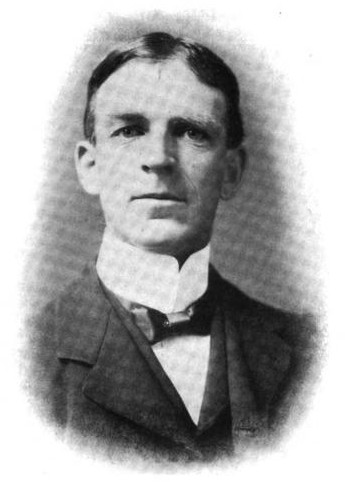<Back to Index>
- Astronomer William Wallace Campbell, 1862
- Poet Manuel José Quintana y Lorenzo, 1772
- King of Portugal and the Algarves João I, 1358
PAGE SPONSOR

William Wallace Campbell (11 April 1862 – 14 June 1938) was an American astronomer, and director of Lick Observatory from 1900 to 1930. He specialized in spectroscopy.
He was born on a farm in Hancock county, Ohio, the son of Robert Wilson and Harriet Welsh Campbell. After a few years of local schooling he entered in 1882 the University of Michigan to study civil engineering, graduating Bachelor of Science in 1886. Whilst at university he developed his interest in astronomy.
After graduating he was appointed Professor of Mathematics at the University of Colorado but soon moved back to Michigan as an instructor in astronomy. In 1891 he was invited to work on spectroscopy at Lick Observatory in California. Campbell was a pioneer of astronomical spectroscopy and catalogued the radial velocities of stars. He was made a director of Lick Observatory from 1901 to 1930. He led a team to Australia in 1922 where he photographed a solar eclipse. The data obtained provided further evidence supporting Albert Einstein's theory of relativity. In 1931 he accepted the rôle of president of the National Academy of Sciences in Washington (1931 – 1935).
He served as 10th President of the University of California from 1923 to 1930. He also served on the board of trustees for Science Service, now known as Society for Science & the Public, from 1923 - 1926. He served three terms as president of the Astronomical Society of the Pacific (in 1895, 1909 and 1918).
He committed suicide in California at the age of 76. He was mostly blind and suffering from bouts of aphasia. This was not only very frustrating to him, but he felt that it left him a burden to his family in terms of care and expense, according to notes he left behind at the time of his death. He had married Elizabeth Ballard Thompson in 1892; they had three sons.